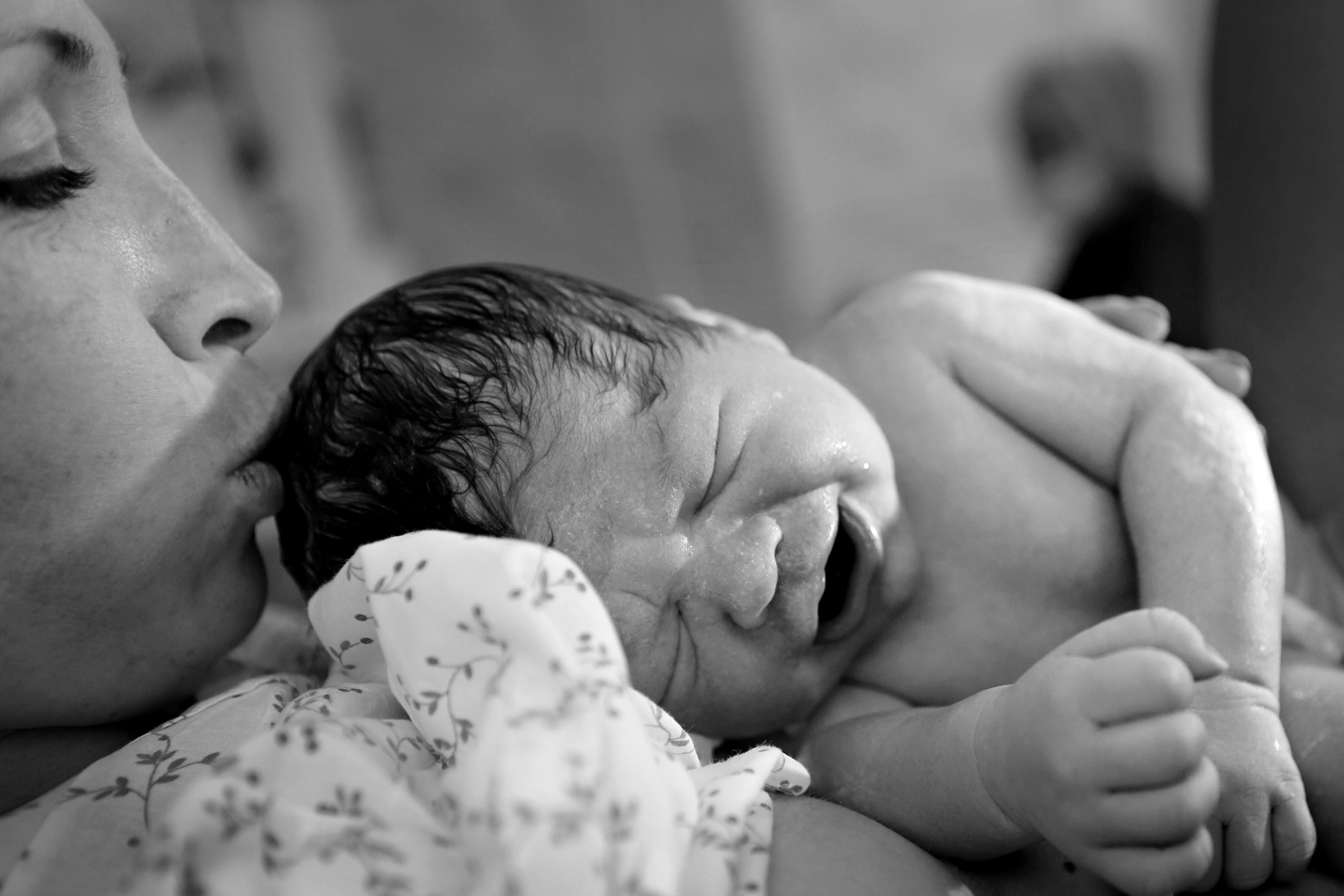
Developmental Milestones | Marking Moments, Making Memories
Toddler, pre-schooler, school-goer, tween… TEEN.
Children grow up at lightning speed.
And they reach dozens of milestones between birth and adulthood.
These are what are known as “developmental milestones”.
But before we run a mile an hour, here’s what you need to know about these all-important growth markers.
What are developmental milestones?
Developmental milestones can be described as behaviours and traits that mark typical stages of growth in a child.
While all children develop at their own style and pace, most will undergo specific changes at approximately the same time.
These milestones, therefore, represent what an average child can do around a particular age.
For instance, during a baby’s first year, milestones will include:
- Flashing a toothless grin.
- Clutching onto a finger.
- Sitting upright.
- Supporting the head and neck.
- Rolling over.
- Waving goodbye.
- Moving objects from one hand to the other.
- Transitioning from crawling to walking.
As a child grows, their developmental milestones may also include:
- Recognising people and places.
- Knowing names of people, body parts and animals.
- Constructing sentences.
- Identifying colours and shapes.
- Repeating songs or poems.
- Telling stories.
Why do developmental milestones matter?
Milestones involve all aspects of a child’s growth and development.
Physical, social, emotional, cognitive, communicative.
Often, these skills depend upon each other.
For instance, a baby will first pull themselves up, try to maintain balance, and finally, take a few cautionary steps ahead.
By referring to developmental milestones, parents, doctors and teachers are better able to provide support and guidance to kids.
Think of this as a handy checklist of criteria that helps to flag off any areas of concerns in child growth.
What are the stages in child development?
According to experts, there are typically five stages in child development.
0 to 18 months: During this stage, children will experience all their firsts. For instance, saying a few words, walking on their own, identifying familiar faces, eating by themselves etc.
18 months to 3 years: This is when children start to explore their surroundings and get curious about those around them. They will also begin to depict interest in socialising with other children.
3 to 5 years: Here’s when children begin to get vocal about their likes, dislikes, passions, and vivid imaginations. They will also be able to count up to 10, identify colours and shapes, and recite nursery rhymes.
5 to 12 years: In grade school, children absorb and learn at a rapid rate. They also develop their interpersonal skills and analytical skills. What’s more, they build close friendships and develop personal interests.
12 to 18 years: Adolescents gain increasing levels of independence and confidence. They generally develop their own opinions, go through puberty, and become aware of their sexuality.
As parents, it’s important to be aware of these crucial phases in child development.
But mums and dads, please take note.
Some children might reach certain milestones very early on, for e.g., learning how to talk at 6 months, in comparison to others.
In no way does this mean that one child is gifted, or that the other one is delayed.
It simply represents the individual differences that exist in the developmental process.



Leave a comment
This site is protected by hCaptcha and the hCaptcha Privacy Policy and Terms of Service apply.